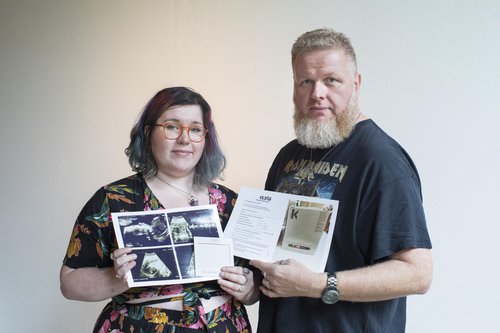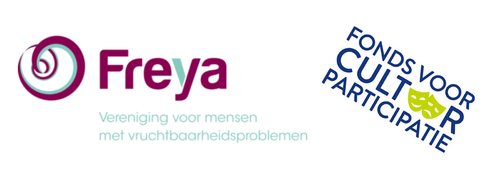Rijksmuseum Boerhaave’s innovative research gives patients a say in the medical collection
This week, Rijksmuseum Boerhaave will be presenting the results of a remarkable study. The museum has been looking at how patient experiences can be included in the medical collection to ensure their perspective is recorded and preserved for posterity. This is the first time that research of this kind has been carried out in this way and as such it contributes to the museum’s new collection policy. Moreover, the value the museum attaches to patients’ stories is a recognition of their experiences and problems, which they feel are often ignored by others.
Patients with fertility problems
For the duration of the study, Rijksmuseum Boerhaave worked together with patients – women and men – with fertility problems . A recent international study of medical museums showed that issues surrounding fertility, pregnancy, abortion and birth are often shown from a one-sided perspective as they are only illustrated in the form of models of embryos and medical equipment and that the patient’s perspective of these issues was missing. It was this conclusion that prompted Rijksmuseum Boerhaave to enrich its medical collection by means of so-called participatory collecting.
Conservator Mieneke te Hennepe explains: “In the past thirty years, medical science has seen numerous developments in the field of fertility procedures each with its own course of treatments and range of experiences. Up to now, however, our collection has focussed primarily on the perspective of the medical practitioners. Together with the people actually undergoing these treatments, we looked at how we, as a museum, could include these experiences in our medical collection.”
Thanks to the Cultural Participation Fund, the exploratory research was given the green light and a practical platform was developed for participatory collection together with a group of patients. This innovative approach expands the diversity of perspectives on medical science in Rijksmuseum Boerhaave’s collection and it provides insight into the needs of the patient group to contribute to heritage collections.
“I believe it’s important that we as a society take this problem seriously and I see the museum as part of that society. So this recognition means a lot to me. It’s about people’s experiences and the museum devoted considerable time to this aspect. My biggest dream is of course to ultimately show this type of collection to my own child and to explain all the things we went through to him or her and to see those experiences visualized.” (Janet, undergoing fertility treatment)

Participant Michael, with his wife Serena, shows the incubation case that had great meaning for him in the fertility process. Photo: Frank Jansen
Objects and stories
The museum worked closely with patient association Freya, an organization that represents the interest of patients with fertility problems and involuntary childlessness. The appeal for participation resulted in the personal stories of people who experienced these problems at first-hand. Based on objects, patients explained how they felt about these fertility procedures, providing us with insight into those personal experiences. These objects vary from medical apparatus such as a syringe bucket to personal objects such as a pair of children’s shoes.
One of the participants Pauline, for instance, donated her medical file. “Because of the nature of the appeal, I volunteered. It helps me to reflect on what those ten years of my life were like. For me it even had some therapeutic value because I can leave my medical file behind at the museum. The fact that it is now part of the collection means a lot to me.”
Michael opted for an incubator case which he had to transport on the back seat of his car from the hospital to the clinic His wife’s egg cells were extracted from her ovaries in a painful procedure. It was now his job to deliver them on time and undamaged while his wife had to remain behind in the hospital in pain. He talks about his fear of being too late, of the battery running out or of the case falling over.
Amelia is undergoing treatment for a second child and finds solace in a painting on the theme of hope and gratitude. The painting, made for her by a friend, is being reproduced for the museum.

Participant Amelia with a painting about hope and gratitude. Photo: Frank Jansen
Rijksmuseum Boerhaave is now making plans to include the objects in the collection and to generate attention for the subject of (in-) fertility in an appropriate fashion, for example, in an exhibition or digital presentation.
“I was greatly touched in a way that I never expected. My own fertility treatments took place quite a while ago. And yet, the pain and sadness, the physical distress and the disappointment are still with me. It’s about me too. The sense of belonging and the recognition provided by the museum is a good thing. The invisible is being made visible and we are helping to make that possible.” (Simone, treatment ended without resulting in pregnancy.)
Guided tours tailored to patients
Another outcome of the research was that museum visits proved a valuable opportunity for bringing those in the same position into contact with each other and to share experiences. “For the majority of participants the visit to the museum was the main objective but also the opportunity to share personal stories that would contribute to something larger, namely the inclusion of personal experiences in the museum collection, “ says Mieneke te Hennepe who will be setting up these guided tours tailored to patient organizations.
Contemporary acquisition
The museum’s new acquisition policy is called ‘Collecting for the future’ and comprises various forms of contemporary collecting the museum is experimenting with such as co-collecting, post-it collecting and rapid response collecting. Where co-collecting is concerned, a curator maintains contact with a researcher or doctors association to jointly determine which artefacts are suitable for transfer to the museum’s collection at a later point in time. Post-it collecting refers to earmarking a certain (element of an) apparatus in order to ensure it is reserved for the museum collection when it becomes obsolete. Rapid response collecting is a strategy of documenting developments by directly contacting the researchers involved. The cultured beefburger is an example of an object acquired in this way. However, the objects added to the collection under this acquisition policy are largely collected from the standpoint of the scientist. Though certain artefacts are in fact linked with patient experiences such as the iron lung used for polio patients, the objects are generally acquired from the perspective of medical practitioners and patient accounts are subsequently added. Hence this exploratory research into participatory collection is of major added value in the creation of contemporary collections.
The research is a collaboration between Rijksmuseum Boerhaave & Freya and was made possible by the Dutch Cultural Participation Fund.


